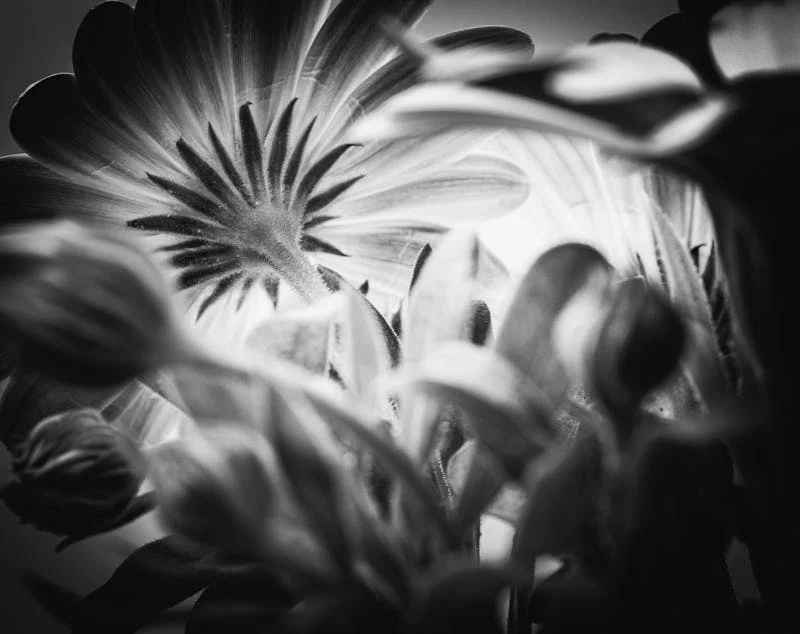There’s something undeniably magical about the crossover of visual art and music. These art forms, though different in expression, share a common thread in evoking emotions and shaping human experience. It’s fascinating when they intersect, each amplifying the other’s impact in ways we might not immediately see. Both art and music harness the power to move and inspire beyond words.
Think about some of the world’s most renowned musicians who found inspiration in the vivid world of visual art. David Bowie, for example, often wove visual elements into his melodies and musical persona, pulling from imagery that guided his creative direction. Similarly, Björk merges video art with her music, creating a tapestry of sound and visuals that engage all the senses. It appears each stroke of color or line has the potential to spark an entire symphony in the mind of a musician.
Diving into some scientific insights, our brains respond intriguingly to visual stimuli. The colors and patterns we see can trigger emotions and associations that might help unlock musical creativity. Studies show that visual stimulation activates parts of the brain associated with memory and emotion—both key ingredients in the musical artistry.
When facing creative roadblocks, visual art offers a fresh perspective—a new angle of attack, if you will. Many musicians find that observing art can rejuvenate their minds, offering novel insights or subtly prompting musical ideas that hadn’t occurred to them before. Those colors and shapes can disrupt the monotony and introduce a new rhythm to the creative flow.
Creating a personal artistic ritual revolves around integrating visual insights into music production. This isn’t about a strict routine but rather finding a blend that naturally enhances creativity. Setting up a workspace adorned with art or regularly visiting galleries might become part of an artist’s creative process. It’s about letting art morph into a silent partner in the music-making journey.
Practically speaking, use tools like color boards to guide your musical themes. Assemble a collage of images reflecting the mood or vibe you want to capture. This might be as tactile as cutting and pinning pictures on a board or as simple as crafting a digital slideshow. Keep collections of personal photos or favorite artworks nearby as they can trigger a fresh sound or harmony.
Personal stories abound here—musicians and producers often speak of the inspirational shift art provides, catalyzing a new phase in their music. Sharing these experiences fosters a community where ideas cross-pollinate, nurturing each individual’s growth.
Experience, expertise, and art all converge here, strengthening one’s musical venture. By understanding how to harness and interact with visual stimuli, musicians open up a whole new dimension of creativity. Embracing the full spectrum of the arts not only enriches the production process but also interlaces uniquely personal elements into every piece of music created.
